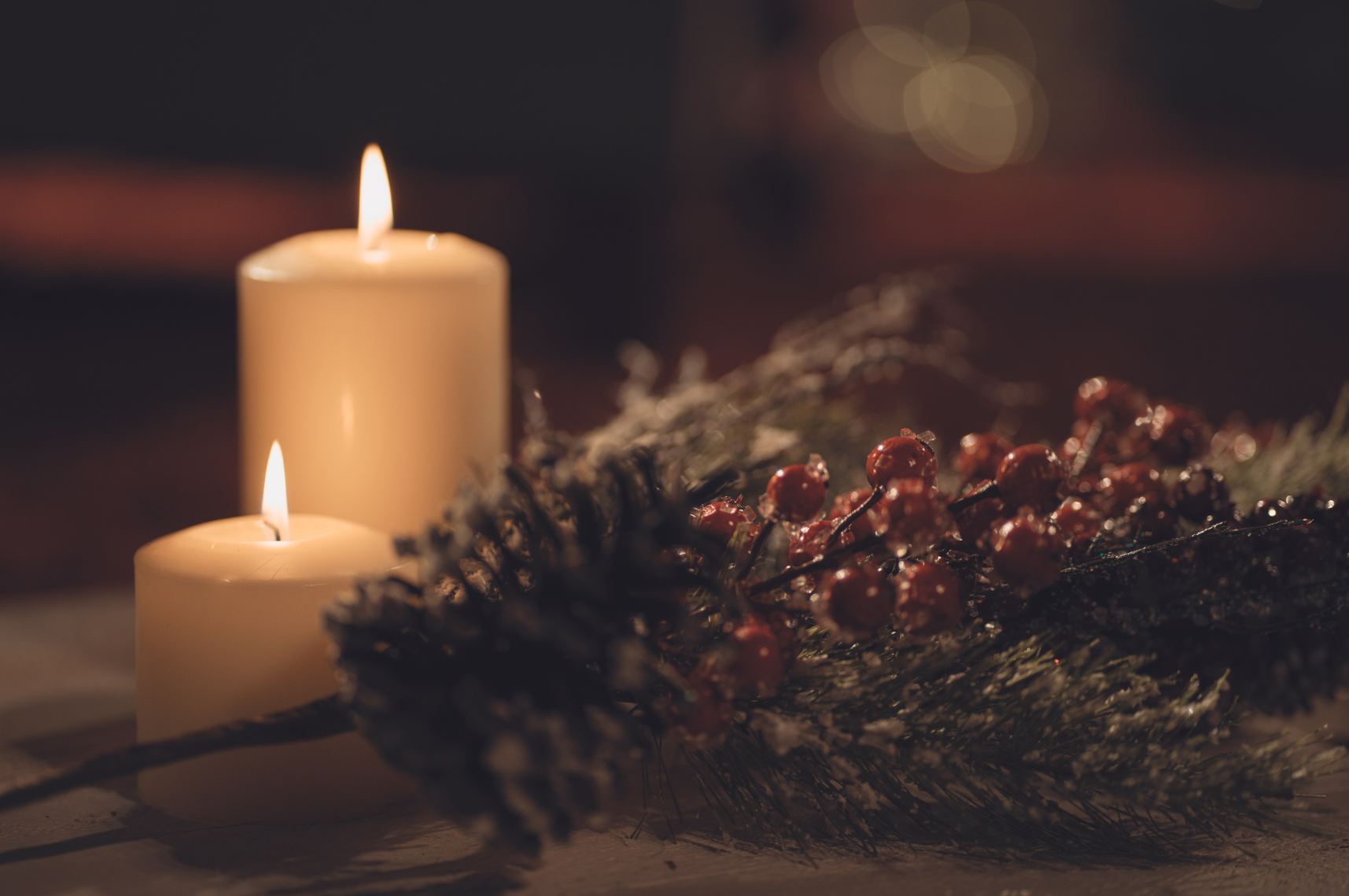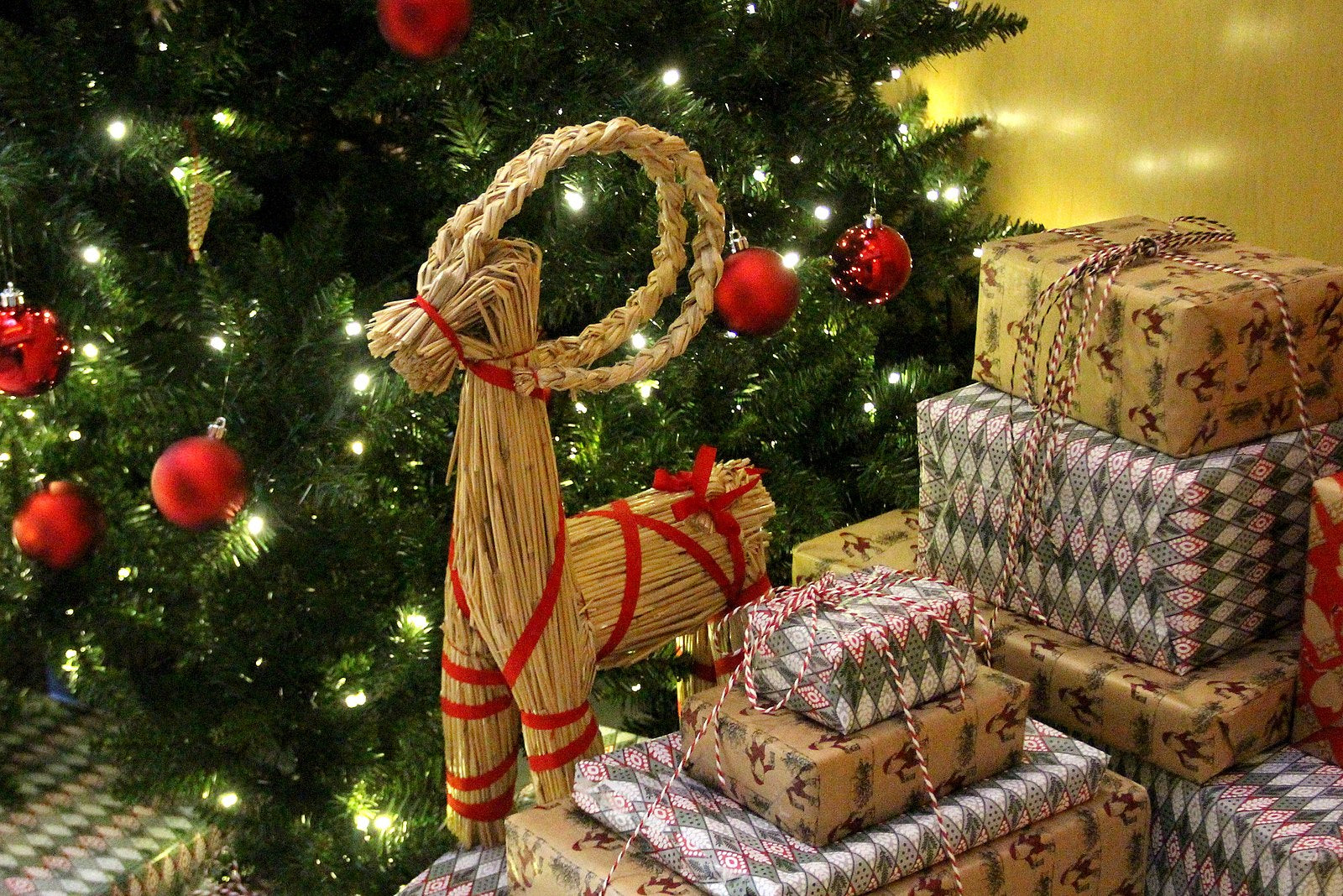Yule is an ancient pagan festival from Northern Europe that is now akin to our Winter Solstice. It is traditionally of Germanic and then Scandinavian origin, and much of its folklore has inspired our own modern Christmas traditions.
After Samonios/Samhain which celebrates the transition between the light season and the dark season, Yule (or Jо́l) marks the return of light after the longest night of the year (between December 22 and 24), symbolizing a cycle of rebirth and hope.
It is one of the most emblematic festivals of Northern European heritage, and even today, Christmas is called Yuletide in Scandinavian countries.
Keep in mind that for the past ten years, the Yule festival has been filled with legends and new traditions with the Wiccan and neo-pagan movements. While the intention is laudable, we encourage our readers to always make the distinction between historical truth and the modern application of a holiday. What really matters is the spirit we put into it, after all 🌙
Let’s take a look at some Yule traditions that have come down to us or have been reinvented over time.
1. Name and Origin of Yule
Yule is the most well-known name for the winter solstice period celebrated by the Germans and Scandinavians. It corresponds to Jо́l in Old Norse, designating the pagan festival of this period of the year. However, it would not always have been celebrated at this time. The days of Yule were celebrated in the middle of winter, therefore often in January, and it was King Hakon the Good who moved Yule to the Christmas festival, in December.
We also find other names depending on the region (Jól for Icelanders, Jul in Danish, Norwegian and Swedish, Joulu in Finnish and Estonian) but we believe we find a common root in the ancient Germanic languages using the word ġeol meaning "jelly".
Later, around the beginning of the 10th century, the word Jо́l is found in Old Norse in several texts, including a poem in homage to Harald the Beautiful Hair, for example.
Jо́l (or Jо́lablо́t) was formerly the name of the festival.Like all ancient festivals, it evolved and its traditions were built over time and eras. There is therefore no "right" way to celebrate Yule, as long as we keep the spirit of it. At least that is the position we are taking for this article.
2. Main Yule rituals (modernized)
The Yule Log

A solid log of wood (often oak) was chosen to be decorated, adorned with runes and other inscriptions, holly, mistletoe and ribbons, and burned in the hearth.
Ideally lit with a piece of the previous year's log, its combustion warmed the hearth while symbolizing both the reborn sun and its protective warmth and sign of life for the year to come.
Often it could also be accompanied by prayers or wishes.
Once burned, it is time for treats, anecdotes of the year and wishes to our loved ones. A Yule log that burns until morning is also a sign of good omen for the days of the following year, often the ashes are kept by the hearth as a talisman of protection.
The Yulebock 🐐
It is a figurine, usually made of straw or wood, representing a goat. Its size can vary considerably, ranging from small decorative objects to large imposing structures. The Julbock is often decorated with ribbons, bells and other festive decorations connected to the folklore of Yule and Christmas. 🔔🎀
We actually wrote an article about it here: The Yulebock
The Yule Feast🍯
In all ancient times, but especially in the North, clans and households gathered to share tables featuring several seasonal dishes, game, rye bread, fish, biscuits, winter vegetables and mead, mulled wine ( Glögg ).
It was also an opportunity to strengthen ties between communities during this period of cold and darkness.
Yule was also a time of introspection and rest, as darkness forced workers to stop.
The fir tree 🎄
The fir and other massive evergreen trees in cold days ended up being honored and decorated with fruits, ribbons or candles. Their branches (mainly Holly and Mistletoe) accompanied by their leaves were hung in the hearths and used for the construction of wreaths symbolizing a repulsion of evil spirits as well as an eternal cycle of life, death and rebirth.
This too deserved a separate article on the origin of the Christmas tree.
Yule socks 🧦
Have you ever wondered where this tradition of hanging socks above the fireplace comes from? This tradition also comes to us from Scandinavian countries. It is said that during the night of Yule, the jarls (lords) hung socks for their children near the hearth. Odin or Heimdall, depending on the version, would then come at night to leave either ashes, if the child had been naughty, or a present if he had behaved well.
The rest, you know it 😌
Conclusion
By revisiting Yule traditions, both ancient and modern, we rediscover a holiday deeply rooted in Nordic heritage, symbolizing rebirth and the hope of the sun in the depths of winter. Rituals like the Yule log, communal feasting, and decorating the tree remind us of the importance of light and human warmth in the depths of winter. Today, though Yule has evolved and been completely reinvented, echoes of its spirit endure, inspiring us to honor our connections to nature and celebrate renewal. These ancient traditions continue to nourish our spirit and strengthen the bonds between communities.
What do you think?





1 comment
J’ais adorer! Mais j’aimerais bien qu’on rajoute les herbes en lien avec cette fête.